2018 Kia Sportage: The Affordable Cute Ute
by The Car Family
for more reviews go to https://www.motorists.org/car-family-car-reviews/

2018 Sportage
Kia continues to improve its range of offerings and now ranks at the top of surveys for quality with scores surpassing even luxury brands such as Lexus and Porsche. Yes, Kia. Thus we tested the Sportage with this in mind as well as whether it lived up to its sporty name? Spoiler alert, it does. Of course, there is a cost and that is gas mileage. In daily use 20 mpg well probably pop up on the dash readout, but the fun of driving this small SUV makes it worthwhile. The competition is plentiful so pricing is critical. In this case, Kia has placed a significant $36,125 MSRP on our loaded, all wheel drive vehicle. However, the base price for a well equipped Sportage is around $23,000 and lease deals abound. Kia’s advertising motto is “Best value around” and we find that difficult to argue based on price, package, and warranty.
The Sportage has a responsive engine and capable handling making it truly a sporty utility or, more accurately, a compact sports utility offering 60 cubic feet of space with the rear seats folded down. One caveat, the weight limit for the covering over the spare tire is just 130 pounds so you might want to leave your English Mastiff at home.
Mom’s view, the Sportage is fun to drive, fairly practical, has a low lift-over height, and an available power liftgate. These features contribute to the handy nature of this cute mobile, but just as important is that the interior is the class of the field. It is quite attractive with a cleaner dash, comfortable seating, and first-rate materials. It is apparent that Kia is not content to let a minor exterior change stand in the way of an upgraded interior feel and look.
Coming well equipped, the Sportage offers the must-have blind-spot monitoring, lane-departure and forward-collision warnings, and the ability to apply the brakes automatically if a collision is evident. There are plenty of small storage areas, although I would like a place to put my purse. Overall, the Sportage is a feisty Kia with a touch of class and a strong desire to please regardless of the weather. Easy to park, good visibility, and just enough spunk to make passing and merging worry free.
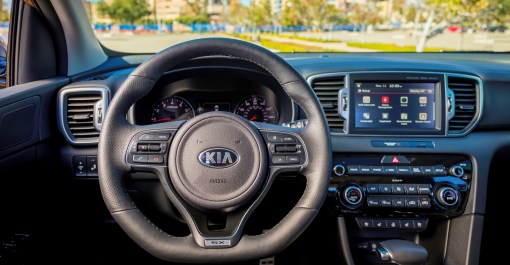
2018 Sportage
Dad’s view: The Sportage comes in three versions starting with the more basic LX and EX, to the loaded SX Turbo. You can order these models in either front or the Dynamax full time all-wheel-drive system that is a $1500 option. The least expensive way to order the LX trim level with front-wheel drive priced in the low $20,000 range for good shoppers. The fuel economy good for the base models, as the government claims 23 mpg city, 30 highway, and 26 combined on regular. Adding all-wheel drive dampens that number by about ten percent. Under the hood, the Kia offers a choice of 4-cylinder engines. A 181-horsepower 2.4-liter powers LX and EX trim, while the SX Turbo has a turbocharged 2.0-liter with a potent 240 horsepower in front wheel drive mode and a touch less power with all-wheel drive. All models have a smooth shifting 6-speed shiftable automatic transmission.
There was plenty of pep with our SX Turbo test vehicle, but the handling was clearly directed to those wanting a utility vehicle and not a poor man’s Porsche. The brakes were good and the steering neutral, however, I recommend using the sport mode if you want a little more sport in your Sportage, as it keeps the engine on task and more willing to please. The all-wheel-drive system transfers the power from front to back as needed. The SX Turbo also comes with firmer springs, revised dampers, modified steering settings, and a little more ground clearance. Kia has essentially produced a vehicle for the young at heart.
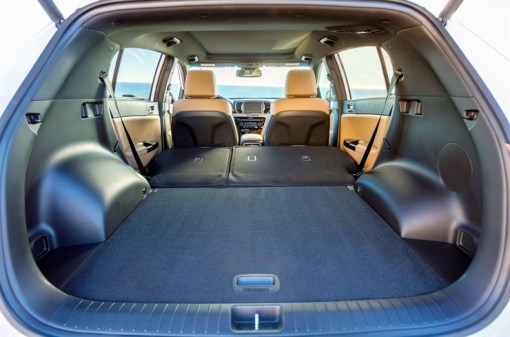
2018 Sportage
Young working man’s view: This Kia comes with CarPlay and Android Auto smartphone integration, and the infotainment system is easy to use, but I recommend you consider the optional eight-inch touchscreen as it is very clear and, thankfully, does not wash out in bright sunlight. I found it interesting that the Sportage actually looks sporty.
Young working woman’s view: This Kia is a hoot. It is certainly fun to drive, but more importantly safe. The interior is surprisingly quiet and the SX model has an 8-inch touchscreen with navigation. Kia also provides comfortable heated and ventilated seats and an upgraded Harman/Kardon audio system. I am fairly tall and the Sportage was remarkably comfortable for me to enter and leave. All models come with six airbags, anti-lock brakes, stability control, and a rearview camera while the EX and Turbo model have blind-spot monitors and rear cross-traffic alerts and automatic emergency braking and lane departure warnings that are optional on Sportage LX and EX versions. There are a variety of optional packages to add more safety, sound, interior and climate features as well as larger wheels, and a panoramic moonroof among other items. Kia is famous for loading its vehicles with value and the extra packages such as the Sport Appearance option that adds heated rear seats among other items.
Family conference: The Sportage is a unique vehicle for those looking for fun with a touch of class and utility. As such it has some trade-offs such as being less fuel efficient in Turbo form. On the other hand, you are going to have a lot more fun with a full tank than the oh, hum, appliance-like competition. Our Sportage SX Turbo was frisky with a fun to drive demeanor and the ability to go gently off-road. It can cuddle you snugly in a plethora of safety devices and the 5-year, 60,000-mile bumper-to-bumper warranty and 10-year, 100,000-mile powertrain coverage is reassuring.
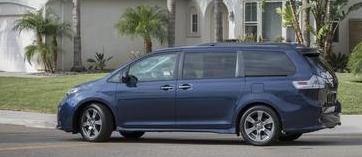
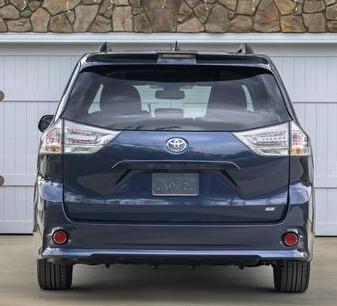
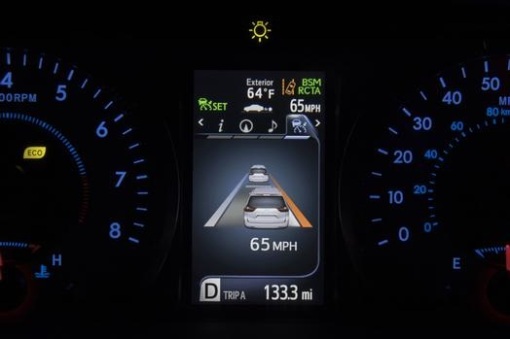
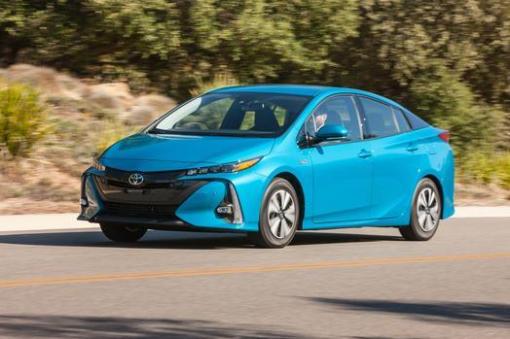
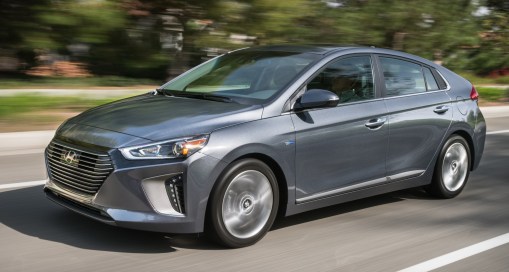
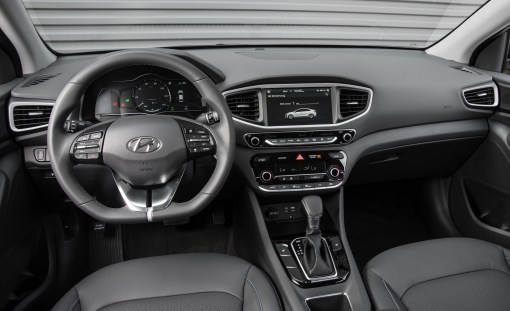
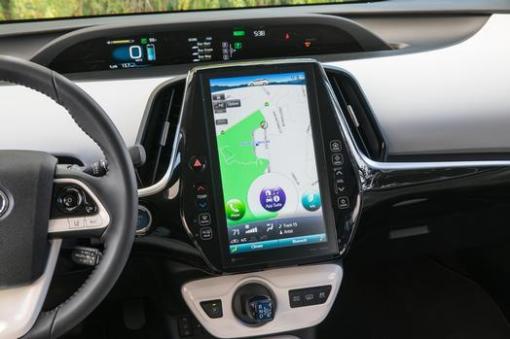
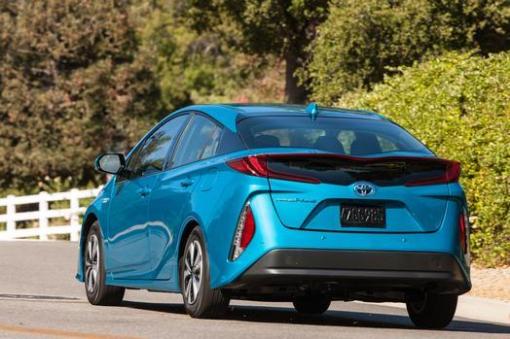

You must be logged in to post a comment.